Falls among hospitalized older adults can lead to a host of problems, ranging from fractures and head injuries to loss of independence and admission to long-term care. Having witnessed these outcomes as a nursing operations manager at Cleveland Clinic Weston Hospital, Perlita Cerilo, PhD, MSHA, RN, conducted a pilot study to improve involvement of older adult patients in fall prevention efforts in the acute care setting. Lee Anne Siegmund, PhD, RN, ACSM-CEP, Nurse Scientist II at Cleveland Clinic, served as her mentor.
Cleveland Clinic is a non-profit academic medical center. Advertising on our site helps support our mission. We do not endorse non-Cleveland Clinic products or services. Policy
Dr. Cerilo examined the associations of nurse-led multimodal interventions in three primary areas:
The single-group pre- and post-test pilot study included 60 patients aged 65 and older, without cognitive disorders, on medical-surgical and telemetry units. The multimodal program consisted of a 10-minute video presentation on fall prevention followed by nurse-led reinforcement by Dr. Cerilo, who provided verbal and written safety information based on the individual’s fall risk assessment. Three tools corresponding to the primary areas listed above were administered before and after the educational intervention: the Fall Risk Awareness Questionnaire (FRAQ), Falls Efficacy Scale (FES) and Patient Activation Measure (PAM).
The combination of a fall prevention video and nurse-led reinforcement was associated with improved scores for fall risk awareness. However, there was no change in patients’ perceptions of fall prevention self-efficacy or engagement in fall prevention.
“Despite the fact that self-efficacy and engagement did not improve, we learned that fall self-efficacy scores were positively related to engagement scores, indicating that when an older adult had stronger belief that they could prevent a fall event, they also had higher engagement in fall prevention,” says Dr. Cerilo. In addition, the greater the number of medications patients were taking and the more mobility aids patients were using, the lower their level of self-efficacy for preventing falls and engagement in fall prevention were found to be.
The study offered a key insight for Dr. Cerilo. “The nurse plays the biggest role in fall risk awareness,” she says. “Reinforcement of fall prevention education through nurse communication can improve fall risk awareness among older adults.”
Further research is needed to examine self-efficacy and engagement for fall prevention in larger, more diverse cohorts of hospitalized older adults. Study details and results were published in the January/February 2022 issue of Geriatric Nursing.
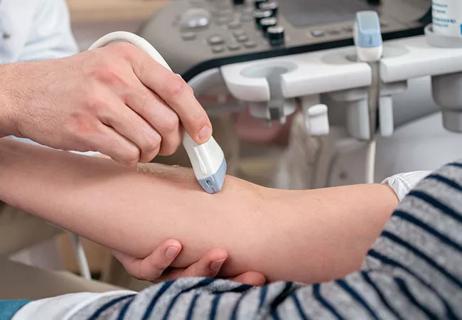
Study shows ultrasound can be valuable tool for improving patient satisfaction by reducing failed IV insertions
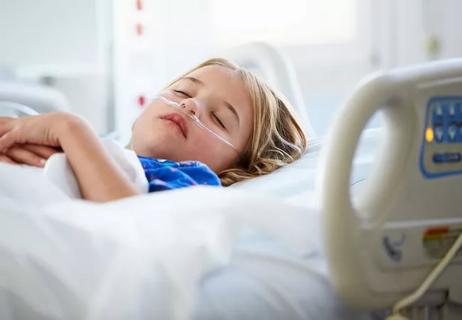
New system uses vital signs to predict need for further intervention
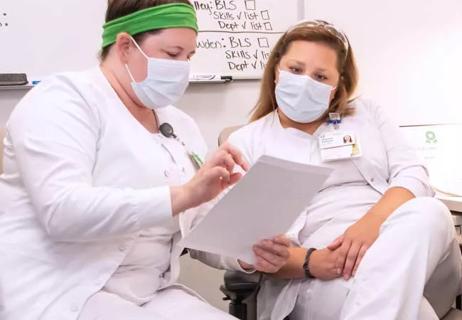
Findings reveal personal and professional factors that influence nurses’ interest in medical research

Nurse scientists bridge divide between bench and bedside

Individual and population factors play a role

Study looks at cardiopulmonary arrest and activation rates
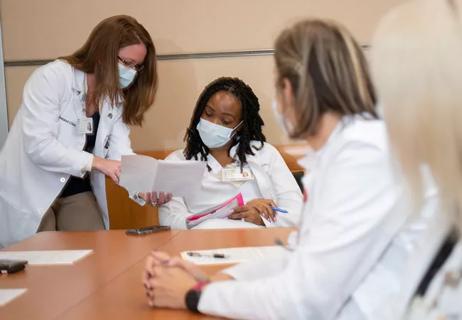
Further research into collaborations may help strengthen nursing science
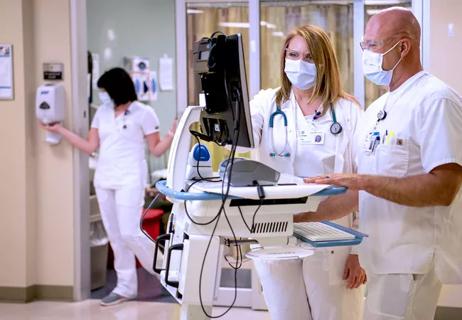
Project reduces percent of patients who leave without being seen